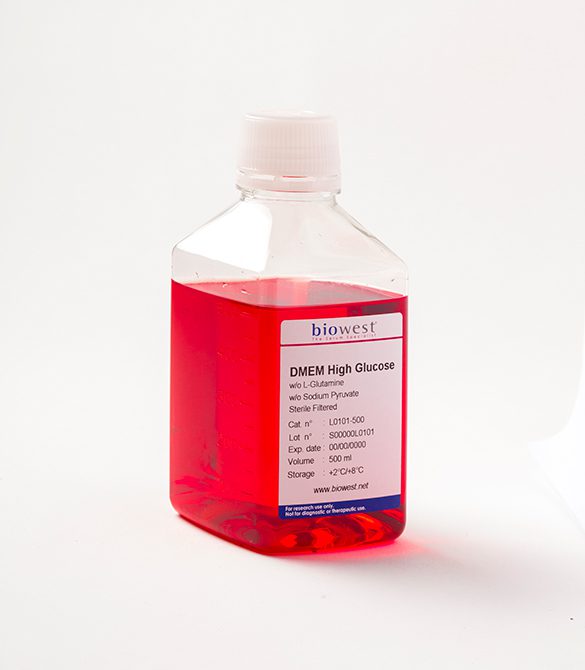- Your cart is empty
- Continue Shopping
Trehalose Reverses Cell Malfunction in Fibroblasts from Normal and Huntington’s Disease Patients Caused by Proteosome Inhibition
- Home
- Publication
- Trehalose Reverses Cell Malfunction in Fibroblasts from Normal and Huntington’s Disease Patients Caused by Proteosome Inhibition

Trehalose Reverses Cell Malfunction in Fibroblasts from Normal and Huntington’s Disease Patients Caused by Proteosome Inhibition
- elsbizadmin404
- Publication
- Reading Time: < 1 minute
[vc_row][vc_column][vc_column_text]
Abstract
[/vc_column_text][vc_column_text]
Huntington’s disease (HD) is a neurodegenerative disorder characterized by progressive motor, cognitive and psychiatric deficits, associated with predominant loss of striatal neurons and is caused by polyglutamine expansion in the huntingtin protein. Mutant huntingtin protein and its fragments are resistant to protein degradation and produce a blockade of the ubiquitin proteasome system (UPS). In HD models, the proteasome inhibitor epoxomicin aggravates protein accumulation and the inductor of autophagy, trehalose, diminishes it. We have investigated the effects of epoxomicin and trehalose in skin fibroblasts of control and HD patients. Untreated HD fibroblasts have increased the levels of ubiquitinized proteins and higher levels of reactive oxygen species (ROS), huntingtin and the autophagy marker LAMP2A. Baseline replication rates were higher in HD than in controls fibroblasts but that was reverted after 12 passages. Epoxomicin increases the activated caspase-3, HSP70, huntingtin, ubiquitinated proteins and ROS levels in both HD and controls. Treatment with trehalose counteracts the increase in ROS, ubiquitinated proteins, huntingtin and activated caspase-3 levels induced by epoxomicin, and also increases the LC3 levels more in HD fibroblast than controls. These results suggest that trehalose could revert protein processing abnormalities in patients with Huntington’s Disease.
[/vc_column_text][vc_column_text]
Learn more:
In this study, human fibroblasts obtained from skin biospies were subcultured in Dulbecco’s modified Eagle’s medium (DMEM) with high glucose (4.5 g/l) (Biowest, cat. No # L0101–500). View our selection of Biowest’s cell culture media.
DOI:
doi: 10.1371/journal.pone.0090202[/vc_column_text][/vc_column][vc_column][/vc_column][/vc_row][vc_row][vc_column][vc_column_text css=”.vc_custom_1598017023330{margin-bottom: 0px !important;}”]
RELATED PRODUCTS
[/vc_column_text][vc_separator color=”custom” border_width=”2″ accent_color=”#004a80″][claue_addons_products orderby=”menu_order” limit=”4″ columns=”2″ issc=”1″ id=”26647″][/vc_column][/vc_row]
CONTACT

QUESTIONS IN YOUR MIND?
Connect With Our Technical Specialist.

KNOW WHAT YOU WANT?
Request For A Quotation.
OTHER BLOGS YOU MIGHT LIKE
HOW CAN WE HELP YOU? Our specialists are to help you find the best product for your application. We will be happy to help you find the right product for the job.

TALK TO A SPECIALIST
Contact our Customer Care, Sales & Scientific Assistance

EMAIL US
Consult and asked questions about our products & services

DOCUMENTATION
Documentation of Technical & Safety Data Sheet, Guides and more...
